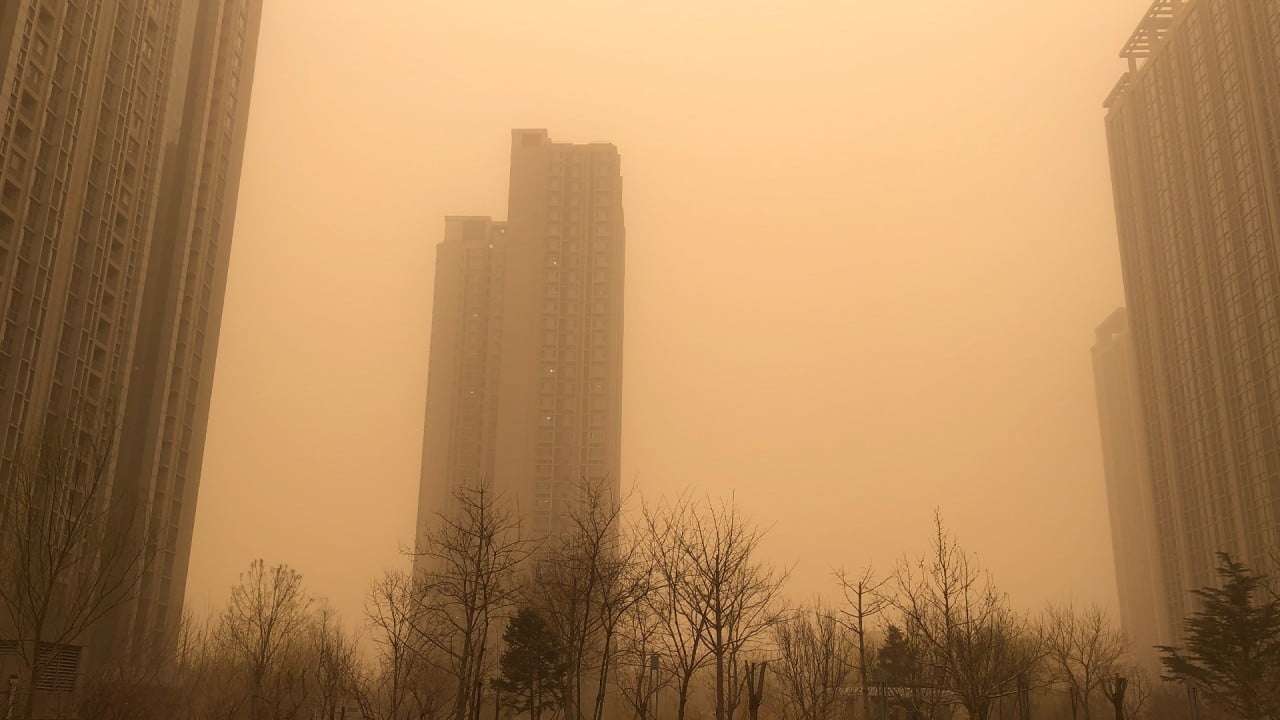
China’s long fight to reclaim land from the sand
- The images of Beijing shrouded in a choking yellow cloud are a reminder that despite the best efforts to stop the spread of deserts, goals cannot be attained overnight
Not for a decade has northern China been so badly affected by sand and dust storms. The images of Beijing shrouded in a choking yellow cloud are a reminder that despite the best efforts to stop the spread of deserts and prevent overgrazing by animals, goals cannot be attained overnight.
Complicating matters is climate change, which is behind rising temperatures, lower rainfall and stronger winds. These are things the nation can do its part to alleviate through resolute policies, but cannot bring in check without a global effort.
Sand and dust blown by strong winds from the Gobi Desert drift across northern regions every March and April. But this year the clouds have been especially choking and the affected area greater than usual, with 12 provinces hit.
Air quality readings of small particulates have soared off scales to dangerously unhealthy levels. Questions are being asked about the effectiveness of anti-desertification and land conservation measures.

01:38
Worst sandstorm in a decade hits Chinese capital, Beijing
The effort is mammoth by any standard, with about 27 per cent of the nation’s land considered to be desert. Dunes have formed just 70km (43 miles) from Beijing; a “great green wall” of trees has been created to trap the dust and air corridors formed to channel winds so that sand and pollutants can pass through faster.
The government has planted more than 66 billion trees in 13 northern provinces since 1978 and sown countless more seeds of shrubs and native herbs to hold the soil. The strategy has proven effective, with deserts now shrinking in area by several thousand square kilometres a year.
But as the latest storm shows, especially strong winds or dry conditions can easily bring back choking clouds. Land restoration is a lengthy process that takes decades to achieve goals.
As authorities have found, the species of trees and other vegetation used for greening land have to be carefully considered for the amount of water they use. Large parts of China, including some areas where trees have been planted, are becoming more barren as a result of water scarcity.
China aims to have 30 per cent forest cover by 2050 and is well on target with present coverage of about 22 per cent. But climate change can too easily derail efforts to stop the spread of deserts and arid land.

